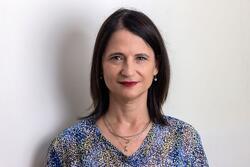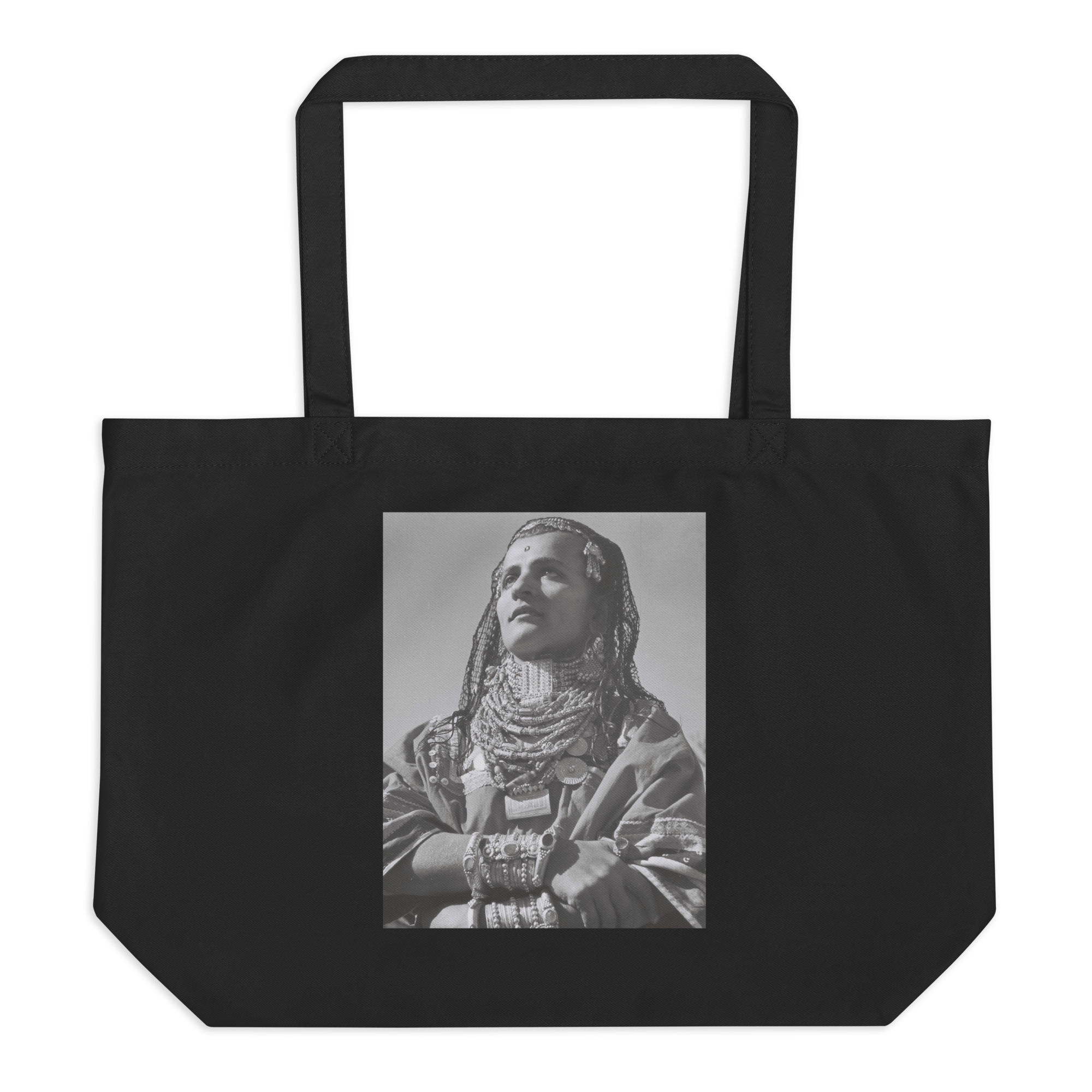Jewish History
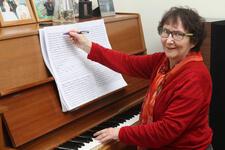
Women in Israeli Music
The arrival in pre- and post-state Israel of Jewish immigrants from Europe, the Middle East, and North Africa resulted in a culturally diverse proliferation of music, much of which involved performance and composition by Jewish women. Jewish women have also contributed significantly to the development of music education and music scholarship, being involved in music studies publications and projects as well as the development of music education institutions.
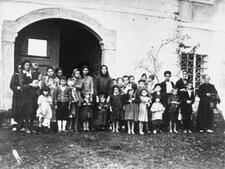
Women in the Holocaust
During the Holocaust, many women’s experiences were shaped by their gender. Pre-war roles and responsibilities, anticipatory reactions to Nazi actions, German policy and treatment of men and women, and the responses of Jewish men and women to Nazi persecution all affected women’s ordeals.
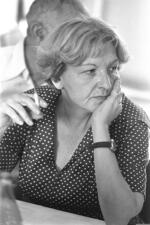
Women Journalists in Israel
Despite social barriers, Jewish women have played an essential role in the creation and propagation of news and journalism in Israel. With the advent of women’s magazines and the popularization of television, women became particularly involved in the news industry. However, while the numbers of female Israeli journalists have increased, women journalists still face gender-based discrimination. In recent years, many have become vocal members of women’s rights movements such as #MeToo and advocates for a more equitable future.
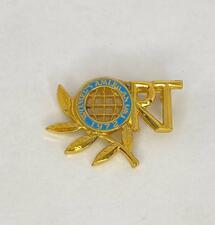
Women's American ORT
Five years after the American chapter of the Organization for Rehabilitation through Training (ORT) was founded in 1922, a women’s auxiliary group (WAO) was created. WAO aided displaced Europeans and focused on creating vocational schools across the world. In the later twentieth century, WAO expanded to help create medical services for students and provide recreational facilities, among other programs.
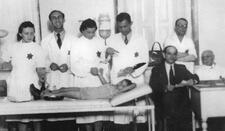
Women's Health in the Ghettos of Eastern Europe
Women in the ghettos of Eastern Europe often outnumbered men, but within ghetto populations, women generally had lower mortality rates than men, perhaps due to their ability to adapt to their surroundings and use of public health services. However, women suffered uniquely; many women did not menstruate, suffered from symptoms caused by hormone imbalances, and endured prohibitions against childbirth.
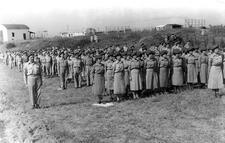
Women’s Service in the Israel Defense Forces
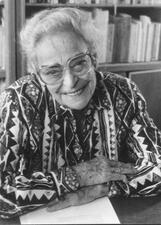
Leni Yahil
Leni Yahil was a German-born Israeli scholar and pioneer of Holocaust research in the decades following the Second World War. Working closely with Yad Vashem, she was among the first to emphasize Jewish primary sources, explore the importance of Jewish resistance, and document the Jewish experience in Northern Europe during the Holocaust.
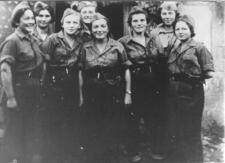
Yugoslavia
The Jewish community of Yugoslavia was small, vibrant, and diverse, with waves of immigrants arriving from the 16th through the 19th centuries. Like many Jewish communities in Europe, the Yugoslav community was decimated by the Nazis, and only a few Jews remain in Yugoslavia today.
Teresa Żarnower (Żarnoweröwna)
One of the most important artistic personalities of the Polish constructivist avant-garde in the 1920s, Teresa Żarnower founded the first Polish constructivist artistic group, “Blok,” and also edited the magazine of the same title. While pioneering the field of avant-garde art, she was also actively involved in left-wing politics, designing election posters and two-party leaflets.
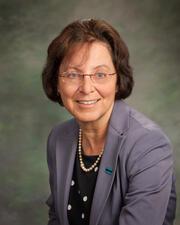
Doris Zelinsky

Hanna Zemer
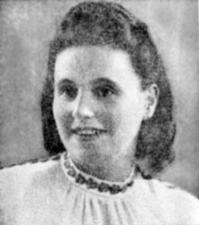
Mala Zimetbaum
Mala Zimetbaum was the first woman—and thus the first Jewish woman—to escape from Auschwitz-Birkenau. She is remembered for her courage and unbroken spirit.
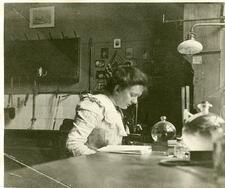
Margarete Zuelzer
Margarete Zuelzer’s life epitomizes both the successes and frustrations of women scientists in academia in the first half of the twentieth century. One of the first generation of women scientists in Germany and also one of the first to receive an appointment in a ministry of the Weimar Republic, she was forced to flee from Nazi Germany. Unable to find refuge, she was murdered in 1943.
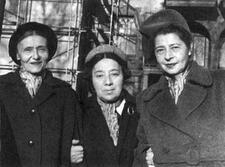
Rajzel Zychlinski
Rajzel Zychlinski’s poetry was shaped by the hopes and horrors of the twentieth century. She lived in Poland, the Soviet Union, France, and the United States, and was fluent in five languages, but for over seventy years she wrote only in the one idiom that was truly hers: Yiddish.
Krystyna Zywulska
Born Sonia Landau in 1918, Krystyna Żywulska escaped the Warsaw Ghetto, hid as a Christian, and helped other Jews in hiding. Even after the war, she hid her Jewish identity, until she eventually published an autobiographical novel in 1963.
